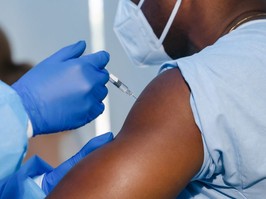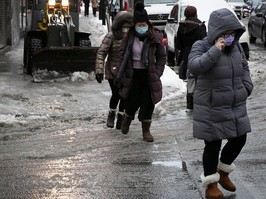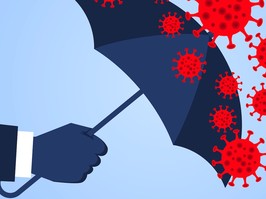one step closer to developing a 'universal' coronavirus vaccine
researchers say a 'next generation vaccine' is critical to getting ahead of covid-19, as well as the pandemics of the future.
covid-19 vaccine inequity allowed omicron to emerge
while people in the wealthy west have had preferred access to multiple rounds of vaccines, vast numbers of people, especially in africa and on the indian subcontinent, haven’t received a single dose.
here's what to do if you're worried about the ethics of booster shots
even if you don't get a vaccine, your dose won't go to a country in need — but that doesn't mean you're powerless.
 3 minute read
3 minute read









